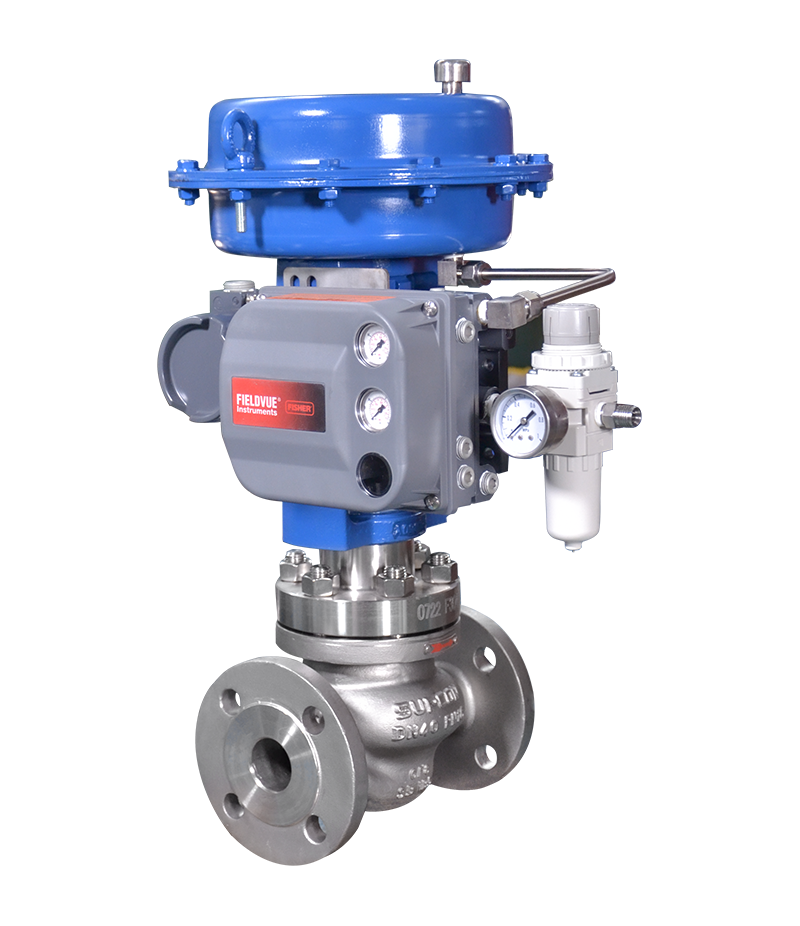
Maximize Power Savings and Comfort With Advanced Structure Automation Controls
In the realm of contemporary design and center administration, the assimilation of advanced structure automation controls stands as an essential advancement. The convergence of technology and sustainability has actually birthed a new period where power efficiency, convenience optimization, and operational streamlining are no much longer remote desires however possible truths. By using the power of automation, buildings can adapt, respond, and develop in means that were when inconceivable. The potential for significant power cost savings and enhanced convenience is not just an opportunity but an assurance waiting to be met. This paradigm shift in structure management holds the vital to unlocking a world where environmental conscientiousness and owner well-being sympathetically exist together within the wall surfaces of our frameworks.
Energy Efficiency Advantages
Power efficiency advantages can substantially minimize power usage and functional prices in structures. By implementing energy-efficient practices and technologies, structure owners and drivers can achieve substantial cost savings while additionally adding to environmental sustainability. One of the main benefits of enhancing energy performance in buildings is the reduction of utility expenses. Energy-efficient systems, such as advanced structure automation controls, can optimize the use of resources like illumination, home heating, and air conditioning, causing lower energy expenditures in time.
Moreover, improved power efficiency can prolong the life expectancy of building tools and systems. By running a lot more effectively, heating and cooling systems, light, and other building components experience less wear and tear, resulting in lowered upkeep and substitute prices. Additionally, energy-efficient buildings often regulate greater residential property worths and rental prices, providing long-term financial advantages to proprietors.
Furthermore, power performance can enhance resident comfort and productivity. Properly managed interior atmospheres with optimal lights and thermal problems produce a more favorable and pleasurable office, resulting in improved employee fulfillment and performance. In general, the energy efficiency benefits connected with innovative structure automation controls are complex, incorporating cost financial savings, ecological stewardship, and passenger wellness.
Enhanced Convenience Control
Enhancing comfort control in structure environments calls for an innovative assimilation of innovative automation systems for optimal owner health. By using sophisticated structure automation controls, centers can tailor the indoor atmosphere to satisfy the specific demands and choices of owners. control valves.
By incorporating these innovative controls, buildings can not just boost comfort however additionally boost energy performance by maximizing system operations based on real occupancy and usage patterns. Ultimately, focusing on resident convenience with sophisticated automation systems leads to a much more pleasurable and healthier indoor environment.
Functional Efficiency Improvements

Moreover, the execution of real-time monitoring and analytics devices makes it possible for structure drivers to recognize power inadequacies and functional abnormalities promptly. By constantly monitoring energy use patterns and system efficiency metrics, adjustments can be made in real-time to enhance power intake and ensure peak functional effectiveness. control valves. Additionally, including need feedback methods right into structure automation controls can even more boost functional performance by dynamically changing energy usage based upon grid conditions and rates signals
Indoor Environment Optimization
Effective interior climate optimization is a basic facet of structure automation controls, guaranteeing residents' convenience and well-being while optimizing energy savings. By using innovative sensing units and controls, constructing automation systems can continually check and readjust temperature, humidity levels, air quality, and ventilation to develop an optimum interior atmosphere. Keeping constant and comfortable conditions not only improves occupant complete satisfaction however likewise increases performance and total health.
Indoor environment optimization additionally plays an important function in power efficiency. By fine-tuning air flow, cooling, and home heating systems based on real-time data i loved this and tenancy patterns, developing automation controls can significantly decrease energy usage - control valves. As an example, executing techniques such as demand-controlled air flow and thermal zoning can aid lessen energy waste while guaranteeing that each location of the building obtains the required conditioning.

Lasting Setting Production
Building automation controls not only enhance indoor climate problems for energy efficiency go to website and occupant comfort yet additionally lay the structure for creating a lasting atmosphere via tactical monitoring of systems and sources. By integrating sophisticated structure automation innovations, such as sensing units, actuators, and smart software, centers can monitor and adjust energy use in real-time to lessen waste and lower their carbon impact. These systems allow predictive maintenance, identifying possible concerns before they rise and enhancing tools performance to boost durability and performance.
In addition, sustainable setting development prolongs beyond energy administration to encompass water preservation, waste reduction, and indoor air top quality enhancement. Structure automation controls can manage water usage, find leaks, and make sure appropriate waste disposal methods, contributing to overall sustainability initiatives. Furthermore, by monitoring and regulating ventilation and purification systems, these modern technologies improve owner wellness and performance while decreasing energy consumption related to HVAC procedures.
Final Thought
In final thought, progressed structure automation manages deal substantial advantages in terms of power savings, comfort control, functional performance, indoor environment optimization, and developing a sustainable atmosphere. By carrying out these controls, buildings can accomplish ideal performance while lowering energy consumption and boosting owner comfort. It is obvious that the use of advanced automation modern technology is important in enhancing structure performance and producing a much more lasting future.
Power performance advantages can considerably reduce energy usage and operational costs in buildings. In general, the power effectiveness benefits connected with innovative building automation controls are multifaceted, incorporating cost savings, environmental stewardship, and passenger health.
Furthermore, integrating need response strategies into structure automation look at here controls can additionally enhance operational performance by dynamically adjusting energy use based on grid problems and pricing signals.
Structure automation regulates not only optimize interior environment conditions for power effectiveness and resident comfort however likewise lay the structure for producing a lasting atmosphere with critical monitoring of sources and systems.In verdict, progressed structure automation controls deal considerable advantages in terms of power savings, convenience control, functional effectiveness, indoor climate optimization, and creating a sustainable atmosphere.